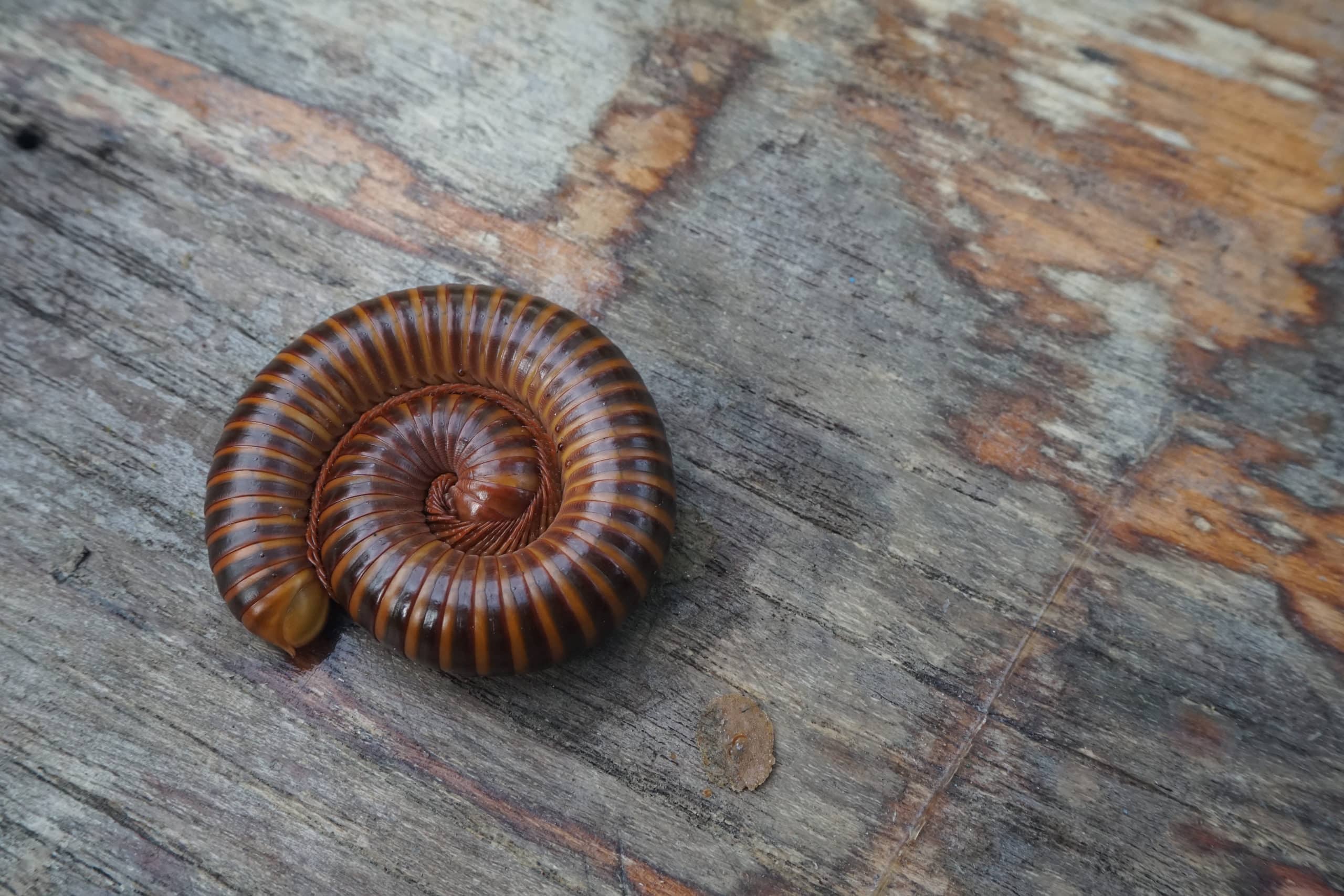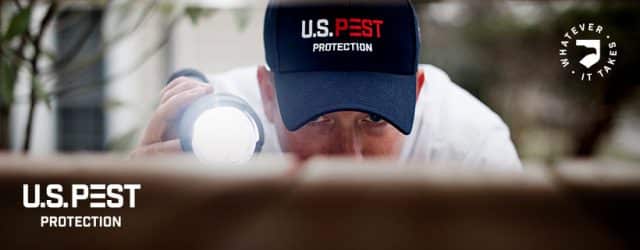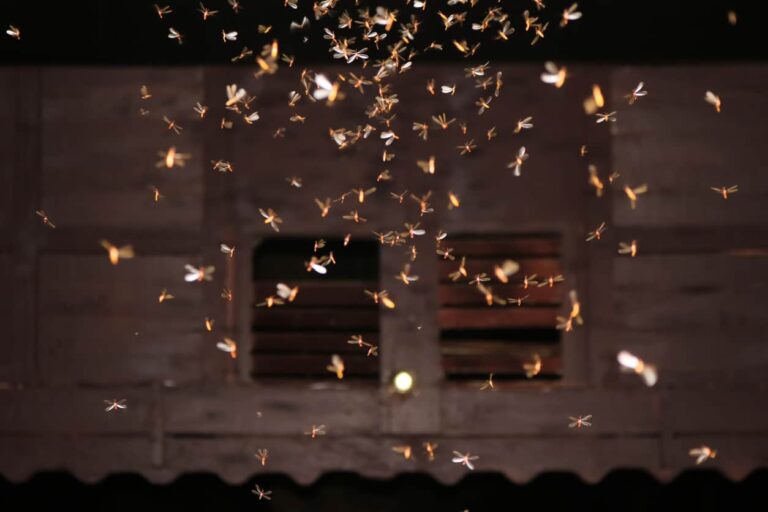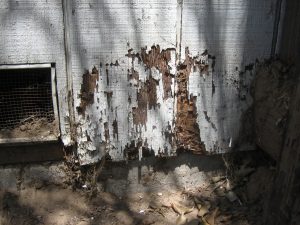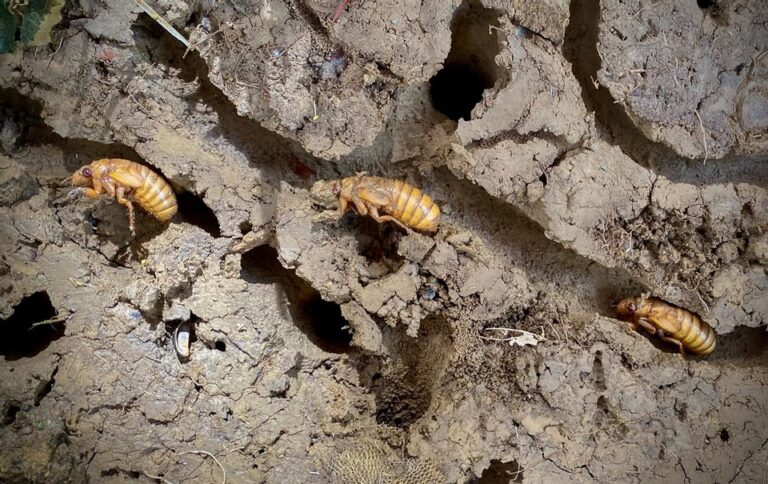What Are Millipedes?
A Millipede is a type of arthropod that has several sets of legs. The word “millipede” translates to a thousand feet, but while millipedes have many feet, none of them quite have a thousand. Most of them have fewer than a hundred legs, while the record for most legs is 750 legs. These pairs of legs can be found on everybody segment that they have. Many people may mistake them for insects; however, they are not. They are closely related to lobsters and crayfish than any other insect. So, how do we better identify these arthropods?
Identifying Millipedes
Millipedes are round arthropods that move at a slow pace. Their round body covers all their vital body parts such, as their soft inside and their head. The easiest way to identify them is by how many legs they have. A millipede will have several sets of legs that are under its body. This should not be confused with centipedes, who also have several sets of legs; however, those legs stick out from the body. They also have small antennas that stem from their head. Their vision is poor, so they need these antennas to find food and know where they are going. So, what do they eat?
What do they eat?
Millipedes are detritivores, which means that they feed on dead organic matter. This would include decaying plants and animals. Because they are slow and cannot go over long distances looking for food or shelter, they tend to settle for whatever they come across first. They are known for seeking refuge in homes where they feed on wood.
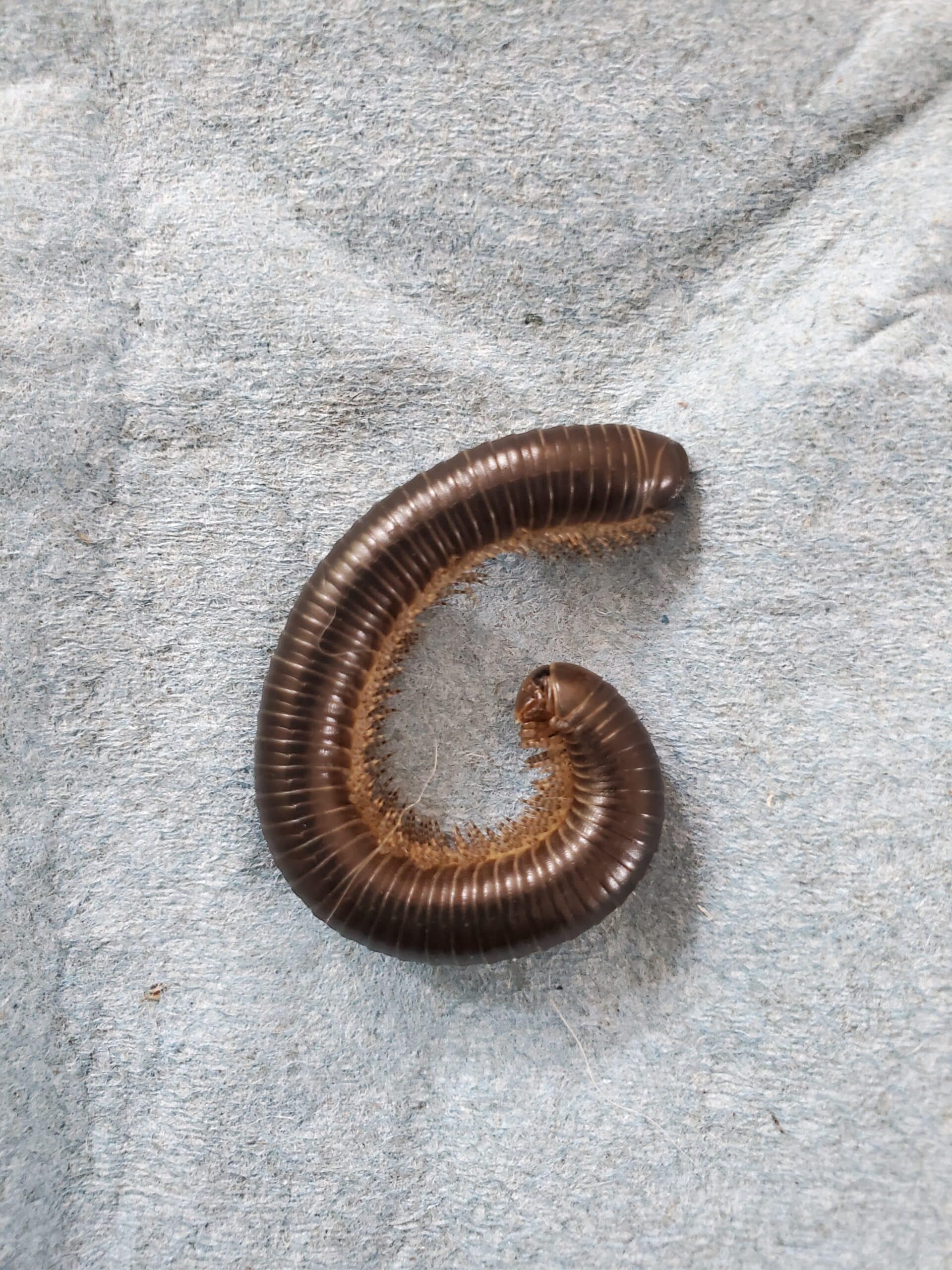
Where do they live?
They prefer to live in areas where it is cool and damp. A few areas that millipedes are found include: under mulch outside of homes, leaf litter, compost, boards, and flower pots. Many of these areas protect millipedes from predators. In the United States, millipedes can be found in many places. This includes every continental state and even Hawaii and Alaska. They can also be found in Puerto Rico and the Virgin Islands.
Are Millipedes dangerous to humans?
Unlike centipedes, millipedes do not inflict a venomous bite. So, this means you can carefully hold them and observe them within your hand. However, when millipedes feel threatened, they will release a toxic compound that can be harmful to both insects and humans. If this toxin gets on your hands, it can be very irritating. This toxin is not fatal by any means, but covering your hands with something before picking them up, is heavily suggested. For the most part, millipedes are harmless to humans and cannot inflict any serious pain.
Are you seeing an increasing amount of millipede activity within your home? Contact us today and get a free inspection from U.S. Pest protection. Our professionals will confirm whatever pest you have and provide a solution and service necessary. Also, be sure to follow us on social media at @u.s.pest

